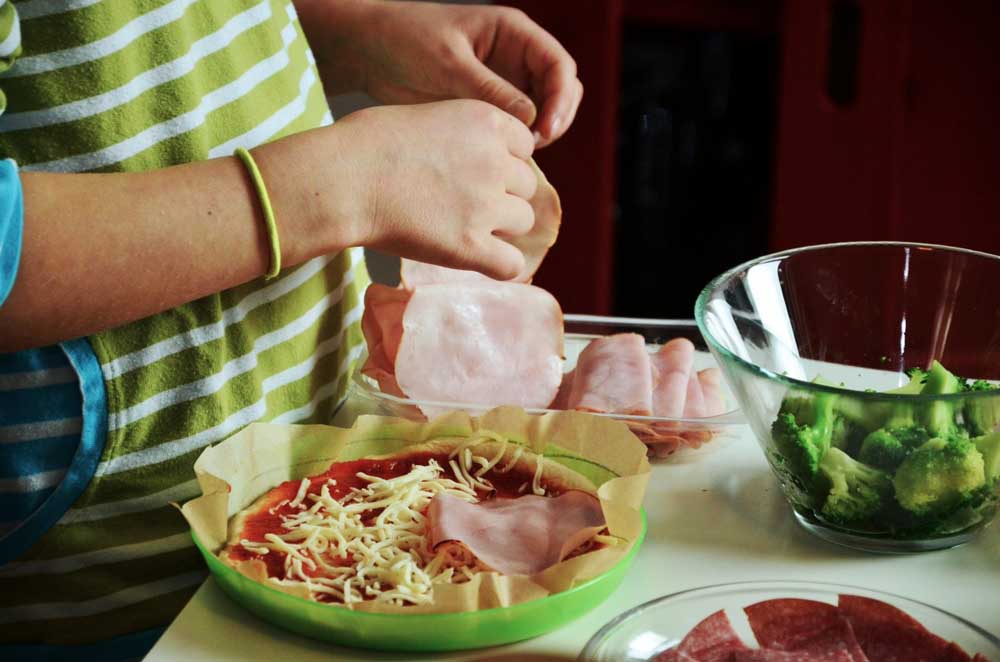Your little kitchen helpers just may be developing healthy eating habits
Published 3:05 pm Tuesday, July 3, 2018

- Letting your kids help in the kitchen provides an opportunity to teach them healthy food habits. (Courtesy)
The holidays often means spending extra time in the kitchen preparing meals and goodies for family and loved ones.
Often the kitchen is one of your home’s “no kids” zones. And indeed, with hot burners on stove tops and drawers full of knives, the kitchen is a place where children shouldn’t play.
Trending
However, holiday cooking, especially when it comes making the cookies and other treats that they love, offers a chance to bring children into the kitchen to become little helpers.
With a little patience from mom and dad, meal preparation time can become a time for even the youngest in the family to pitch in.
Let them help
You can show kids how to help prepare meals. Here are ways that young kids can help in the kitchen:
2-year-olds can
- Wipe tabletops
- Wash fruits and vegetables
- Tear lettuce or greens
- Break cauliflower or broccoli into pieces
- Carry ingredients from one place to another
3-year-olds can:
- Knead and shape dough
- Mix or pour ingredients
- Shake liquids in a covered container to mix them
- Apply soft spreads
- Put things in the trash
Trending
4-year-olds can:
- Peel oranges or hard-boiled eggs
- Mash bananas or cooked beans with a fork
- Cut parsley and green onions with kid-safe scissors
- Set the table
5 to 6-year-olds can:
- Measure ingredients
- Use an egg beater
Be sure to have kids wash their hands before and after helping in the kitchen. Be patient with spills and mistakes. Remember that the goal is to help kids learn about healthy eating.
Let them be creative
Set out three or four healthy foods and let them make a new snack or sandwich from the ingredients.
Start with a new kind of bread (whole grain or rye), whole-grain crackers or graham crackers, mini rice cakes or popcorn cakes, small bagels or small pieces of whole-wheat pita bread
Spreads could include fat-free or low-fat cream cheese or cheese spread, fat-free or low-fat peanut butter, bean dip or jelly with no sugar added
Toppings could include slices of apple or banana, raisins or other dried fruit, strawberries, slices of cucumber or squash or cherry tomatoes cut in small pieces.
As you help kids make the new snack, talk about why it is healthy. Point out each food group in the snack or sandwich. Explain that eating a mix of healthy foods is good for you.
This article uses information provided by the U.S. National Institutes of Health






